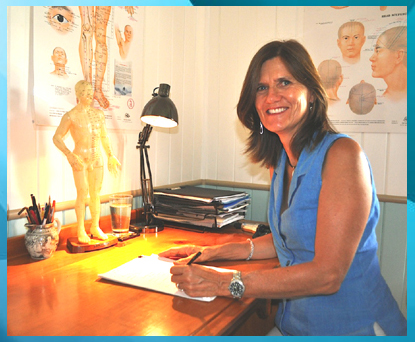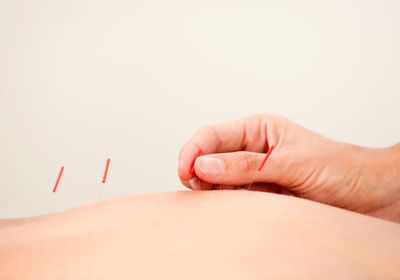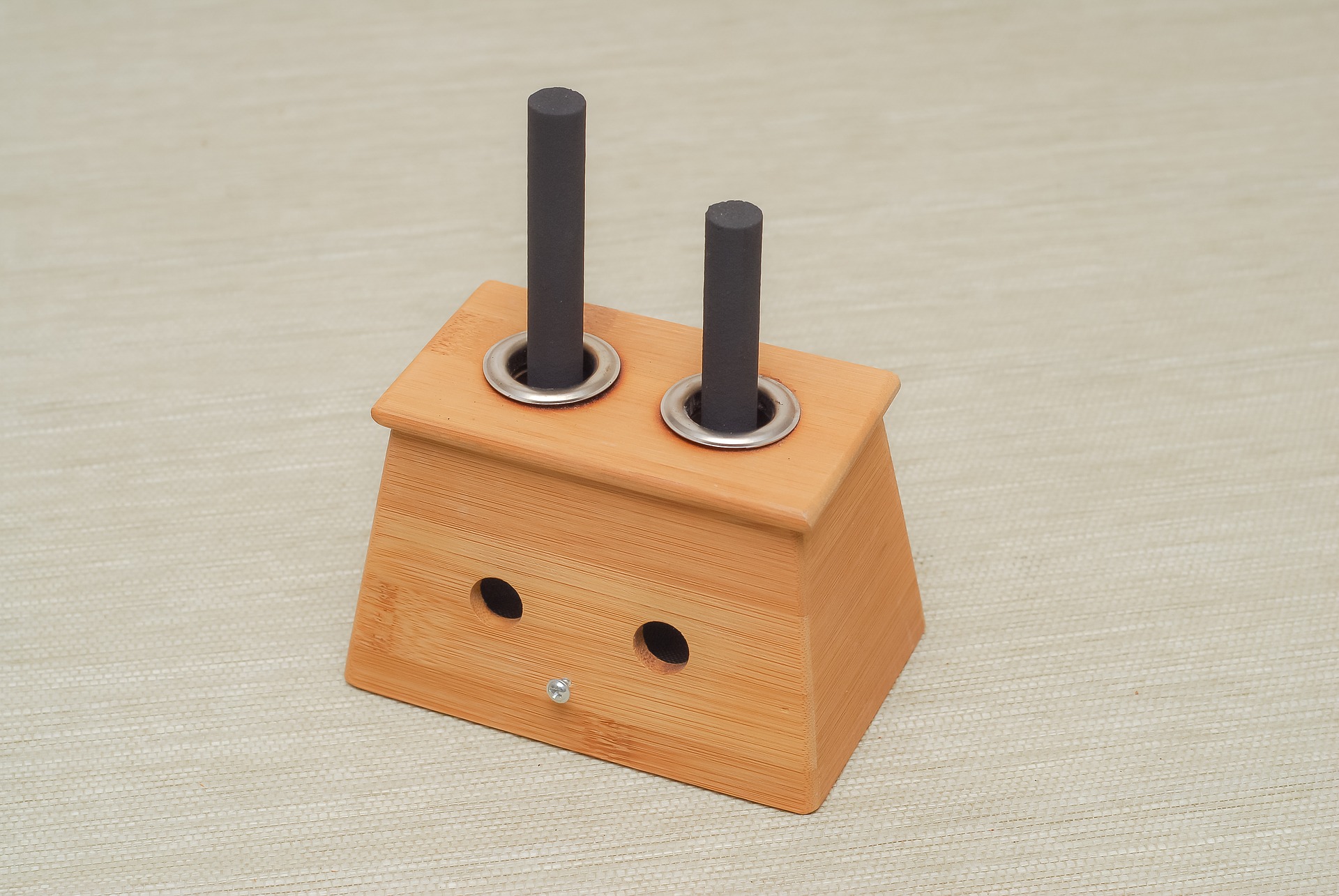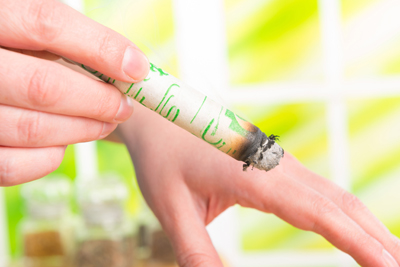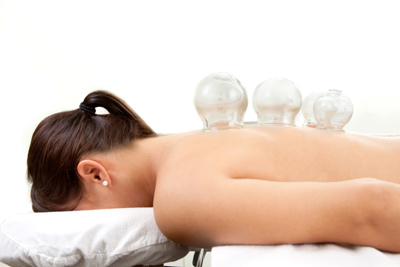What to expect from a treatment?
Julia will ask you various questions about your health complaints and about your medical history. She may also enquire about your sleep, lifestyle and diet as well other seemingly unrelated questions. She will examine your tongue, study your pulse and may palpate parts of your body. .
This allows an overall assessment of your health so that Julia can give you a general idea of how many treatments you may require. The frequency and number of visits depends on the duration, severity of your condition, your age and individual circumstances.
Make sure you have had a light meal within the last few hours prior to your treatment and that you are well hydrated. Acupuncture works on your Qi (energy) and you could feel slightly light headed if you have skipped a meal.
What to wear?
Comfortable, loose clothing is best as there are acupuncture points all over the body and some of the points selected will be some distance from the problem area. You may need to remove some of your clothes, but you will be provided with plenty of towels so that you will in no way feel exposed. The aim is for you to feel comfortable and at ease at all times.
What about the needles? Do they hurt?
The pain from an acupuncture needle is insignificant compared to that of a medical hypodermic needle which has a larger gauge. Patients experience different sensations from acupuncture. It has been described as tingling, pins and needles, numbness or a dull ache. Some patients feel nothing at all, it rarely hurts. Most find the treatments very relaxing and many patients fall asleep. The needles are usually left in for about 20-40 minutes and only left in briefly in young children.
All acupuncture needles used are sterile, disposable and single use.
One of Julia’s keenest young patients is 2 years old and has had acupuncture since she was a baby. She actively requests acupuncture when she is unwell and is fascinated by the needles. Julia’s oldest patient is 101 and cannot understand why everyone doesn’t have acupuncture!
Julia prides herself in her needle technique, on occasion her patient is asleep before all the needles are inserted.
Massage therapy
Massage is regularly used in combination with acupuncture particularly for musculoskeletal conditions and for relaxation.
Moxibustion
Moxibustion is a technique using the herb Moxa (Mugwort/Artemisia Vulgaris).
Chinese dietary therapy & lifestyle advice
Diet and lifestyle advice are often included with acupuncture to assist in providing effective treatment.
Dietary therapy is an integral part of TCM and is an ancient way of examining food from the aspect of yin and yang. In Chinese medicine every food has a different quality such as warming, cooling, drying and moistening. A healthy diet will vary according to each individual person. Various foods may be included or excluded according the patient’s constitution and medical conditions.
TDP infrared mineral lamp therapy
The lamp projects a band of infrared rays that help to heal soft tissues damage and increase blood circulation. Like moxa, lamp therapy helps the muscles to relax, reduces joint pain and stiffness. The heat penetrates the body which creates a soothing and relaxing feeling, thereby enhancing the acupuncture treatment.
Cupping
Cupping can be used very effectively in combination with acupuncture for a variety of ailments. Suction cups are applied to soft tissue using either a stationary or sliding technique. The cups are placed in specific areas to encourage blood flow, the flow of Qi and unblock congestion. Cupping releases tight muscles and is particularly effective for tension and stiffness of the upper back and neck.
